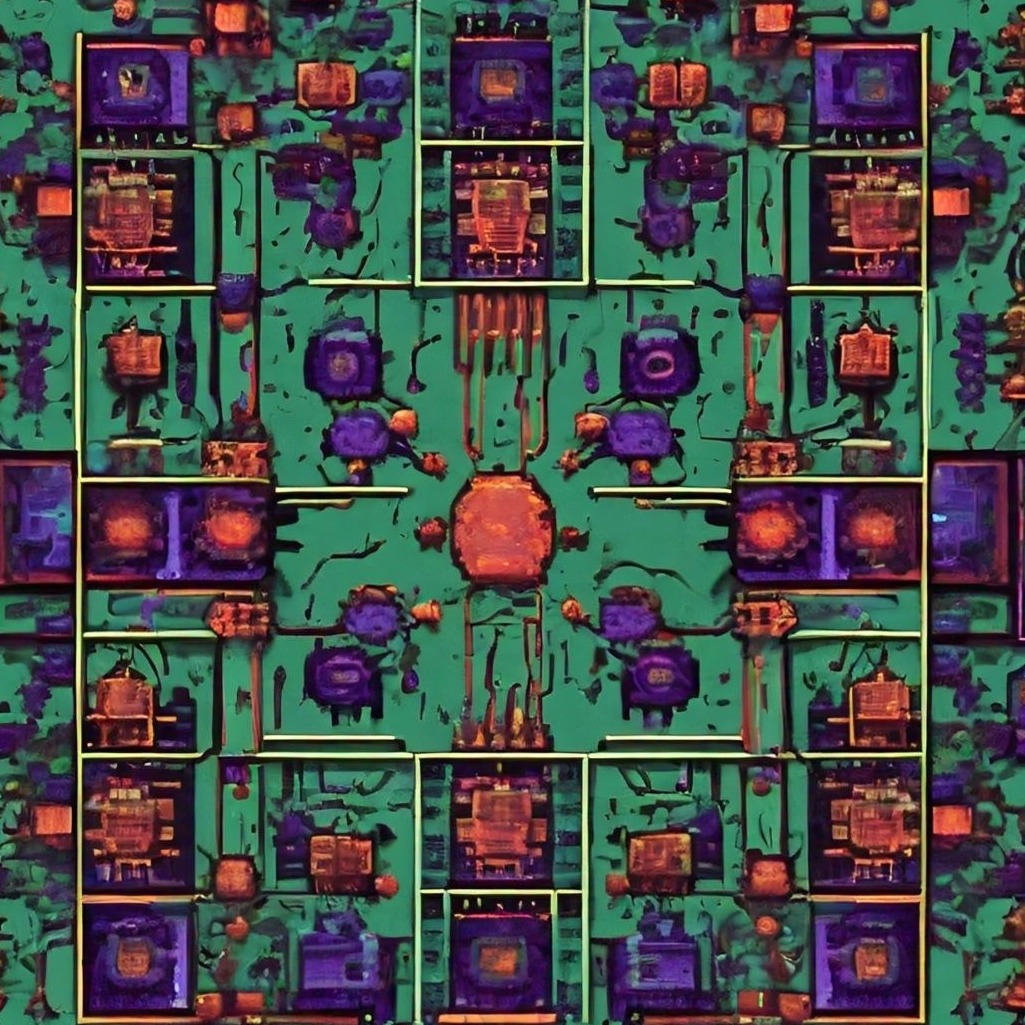124 reads
How TryOnDiffusion Innovates on Existing Virtual Try-On Frameworks
by
October 6th, 2024
Audio Presented by

Uncovering hidden patterns with backpropagation, a powerful but often misunderstood algorithm shaping AI insights.
Story's Credibility

About Author
Uncovering hidden patterns with backpropagation, a powerful but often misunderstood algorithm shaping AI insights.